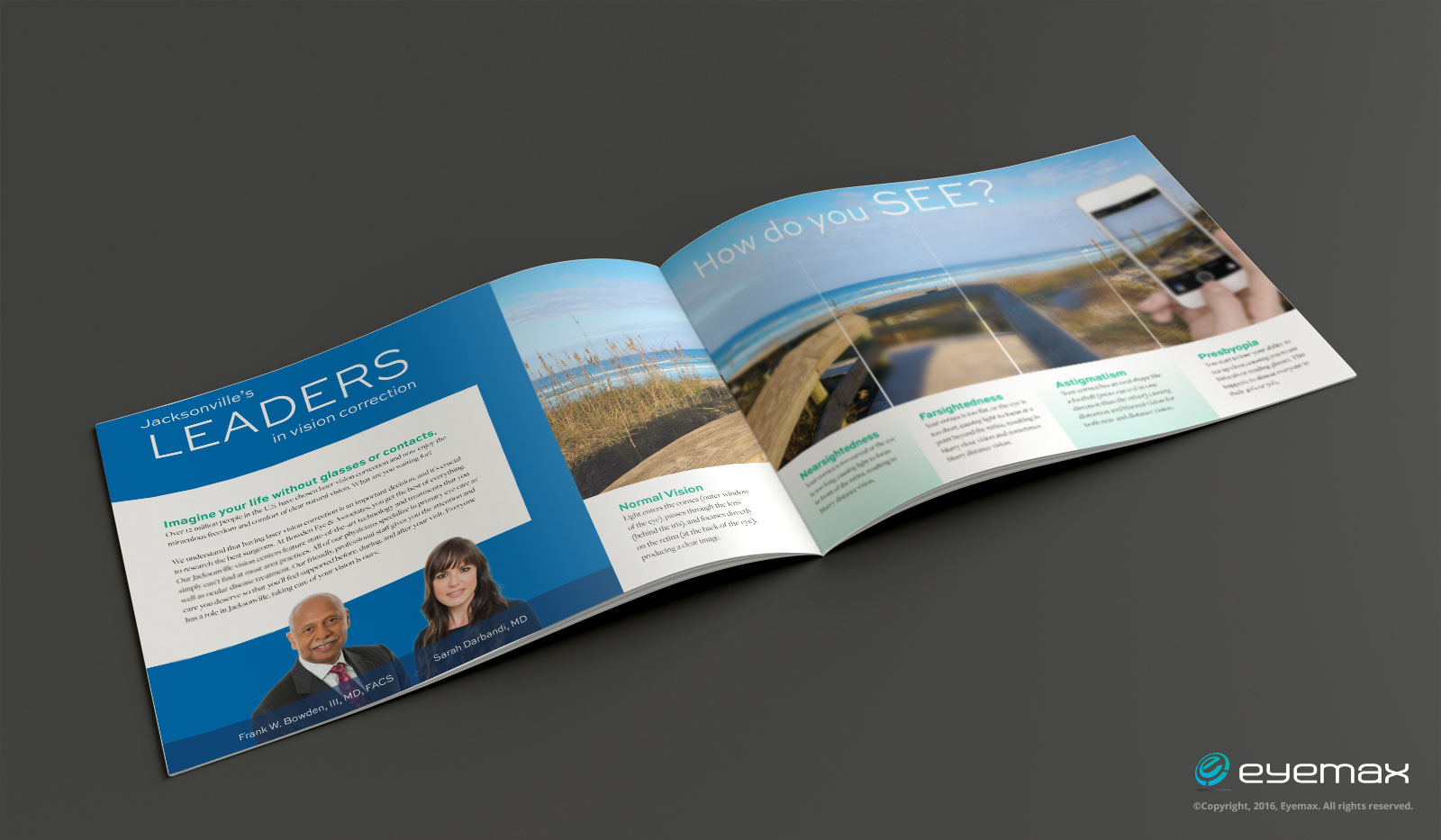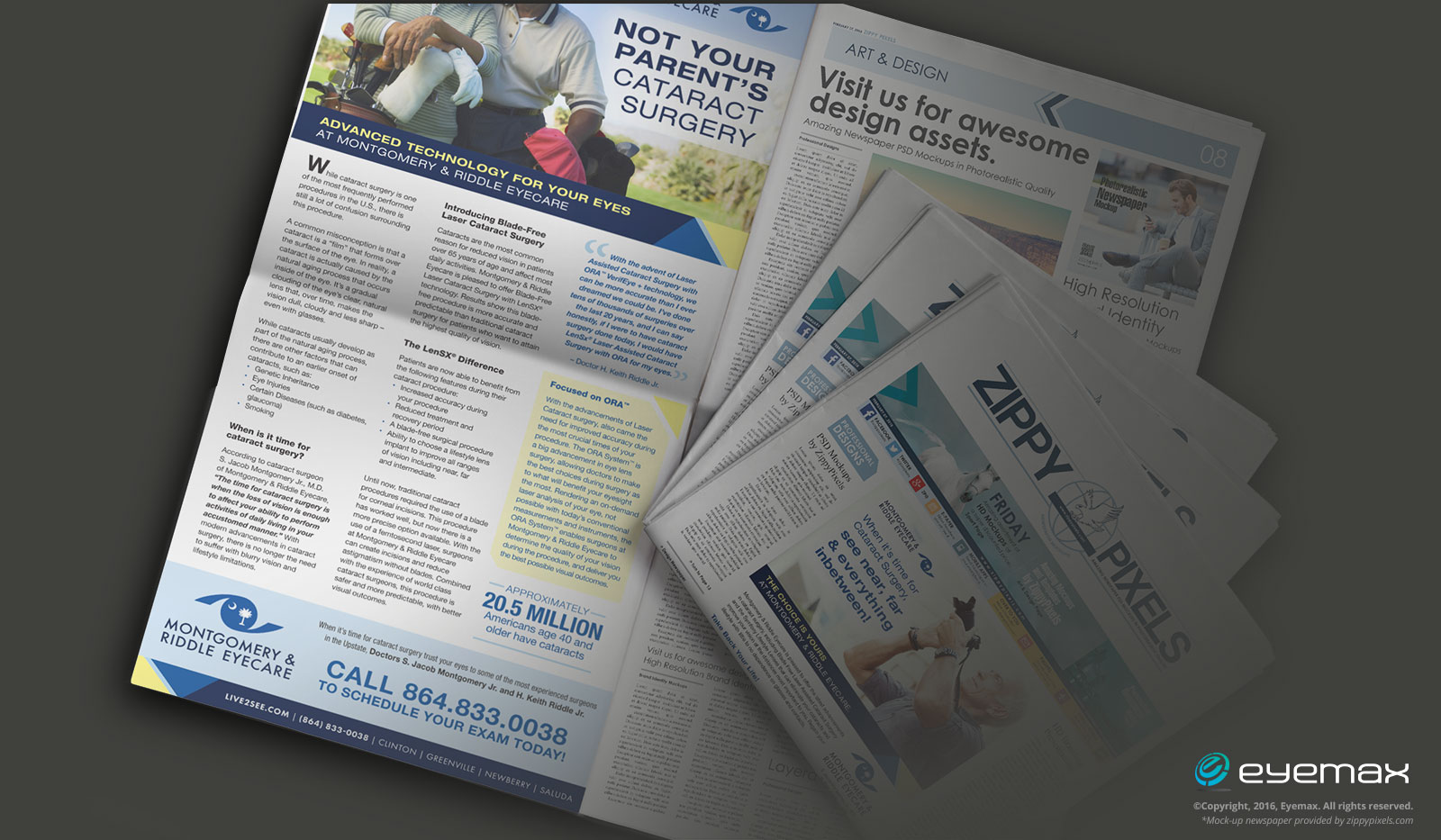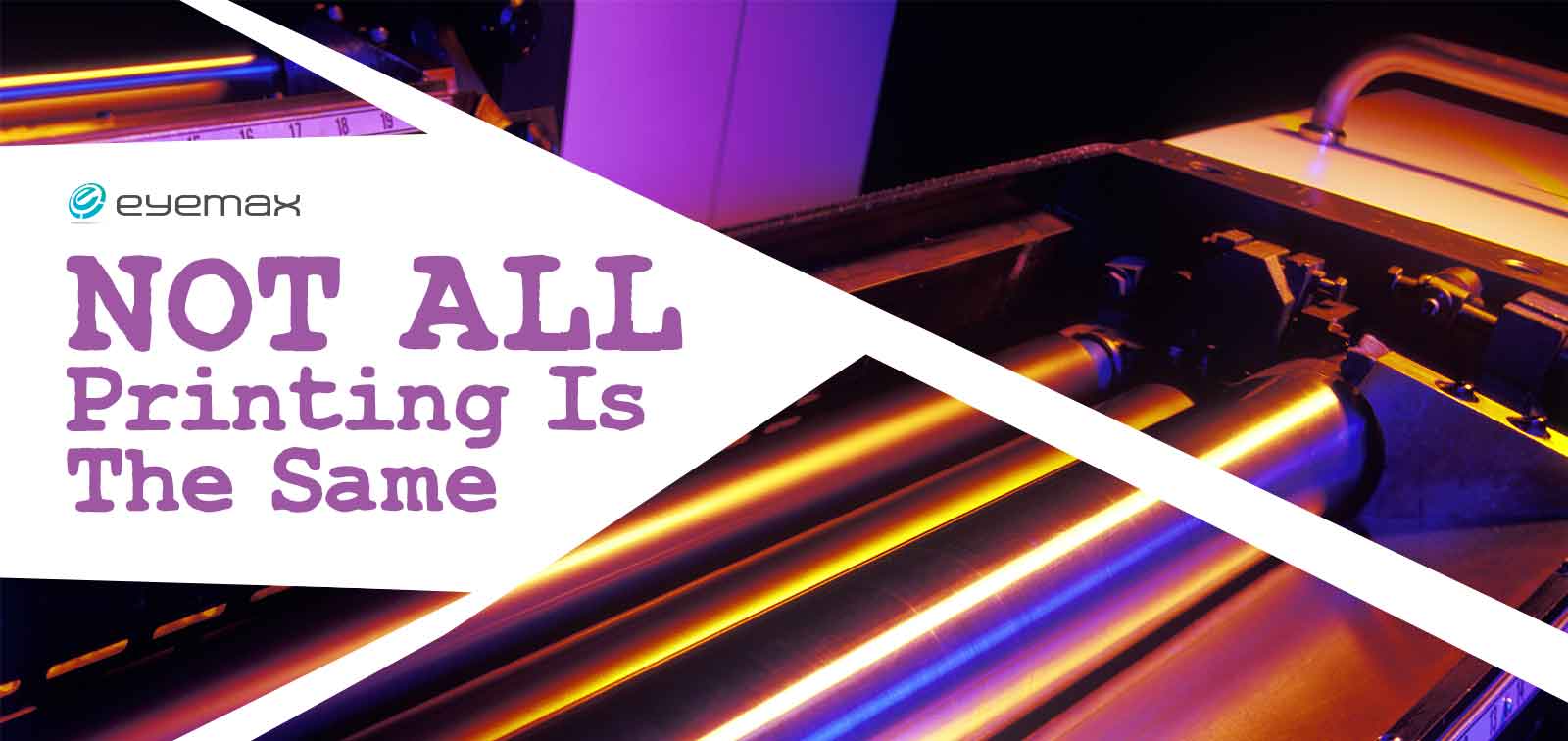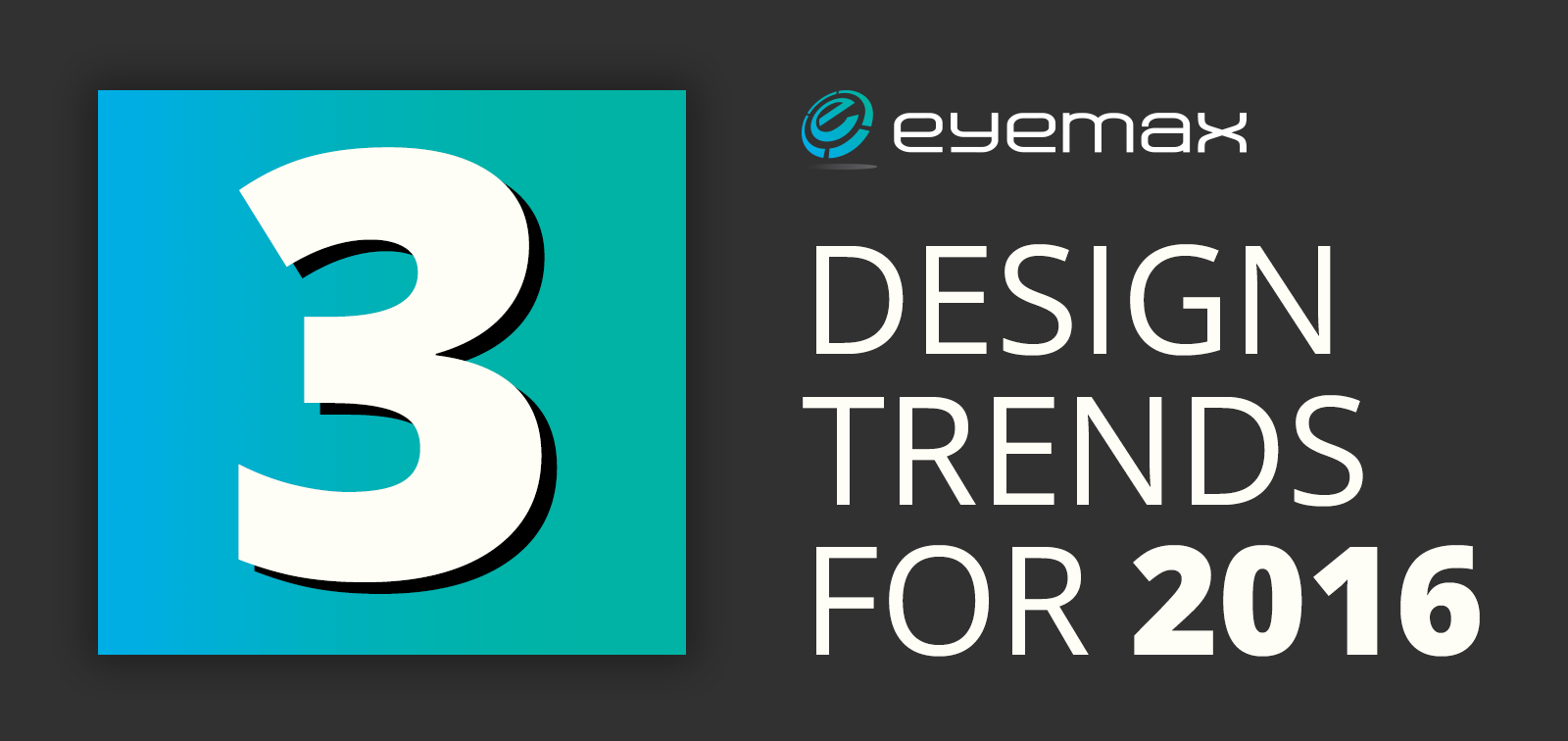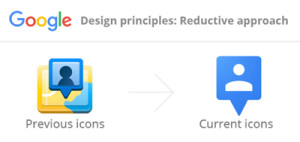
Generation Z is quickly rising in financial, cultural and social power in the U.S. and more and more companies are starting to shift their marketing to gear towards this new generation. By 2020, 40% of all consumers will be Generation Z. This generation represents 23 million Americans (ages 13-24) with a combined buying power of $43 billion and an additional influence on family spending to a tune of $600 billion.
If you focus on the following three things you need to know about Generation Z you will better understand and effectively target this major group of new LASIK patients.
- Where to find Gen Z.
This demographic of LASIK patients was born into a digitally dominated world. An alarming 72% of Gen Z display symptoms of emotional distress when they are separated from their electronic devices. Most of them are actively connected within only an hour of waking up in the morning. The most common sites you can find them on are Twitter, Instagram, Snapchat, SoundCloud, Spotify, Musical.ly, Triller, We Heart It, and Tumblr. - Gen Z are more cautious than Millennials.
If we really think about it Gen Z have grown up witnessing Millennials lose their jobs, move back in with their parents and not be able to own a home or even their own car. This explains why Gen Z is more focused on building a plan for success. They are realistic, practical and more focused than their older siblings. - Video rules their lives.
Gen Z now turns to how-to videos on YouTube, instead of reading tutorials. This platform simplifies articles, is more engaging and more in-depth. In fact, 93% of Gen Z visits YouTube at least once a week and 33% of them watch lessons online.
Gen Z is still young and a little contradictory. They will go to extremes to stage the perfect selfie or Snapchat, and yet demand brands to be authentic. They want the most exclusive products… however they look for them to be broadly available. Just remember, Gen Z is still young and very impressionable. Beginning to understand them now will set your practice up to successfully target this new generation of LASIK patients.


